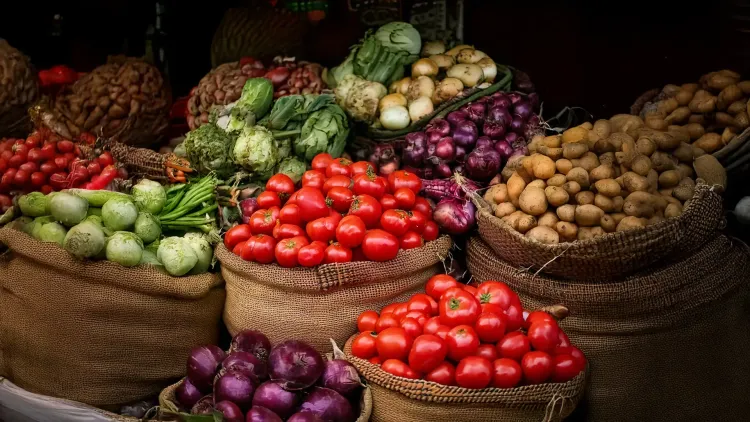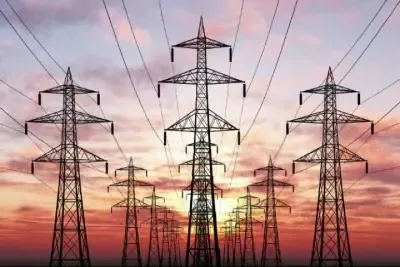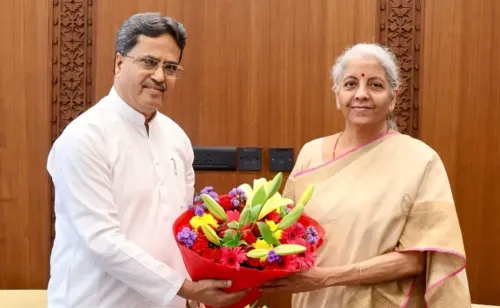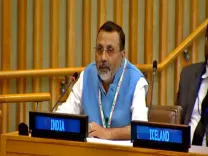Has India’s CPI Inflation Plummeted to an 8-Year Low of 1.54% in September?

Synopsis
Key Takeaways
- CPI inflation has dropped to 1.54%, the lowest in eight years.
- Food inflation remained negative for four months.
- The RBI has room to cut interest rates.
- GST rate cuts are expected to further reduce prices.
- Favorable macroeconomic conditions support a positive inflation outlook.
New Delhi, Oct 13 (NationPress) India's inflation rate, as measured by the Consumer Price Index (CPI), has fallen to a remarkable 1.54% in September, marking the lowest level in over 8 years. This significant decrease is attributed to the reduction in food and fuel prices compared to the same month last year, as reported by the Ministry of Statistics on Monday.
This figure represents the lowest year-on-year inflation since June 2017 and is a decline from 2.05% in August.
For the fourth consecutive month, food inflation remained negative, recorded at -2.28% in September, according to the data.
The official statement indicated, “The drop in both headline inflation and food inflation is largely due to a favorable base effect and the reduction in prices of vegetables, edible oils, fruits, pulses, cereals, and eggs. Additionally, fuel prices also saw a decline during this period.”
The inflation outlook for 2025-26 appears more positive, thanks to favorable base effects, a productive southwest monsoon, sufficient kharif sowing, adequate reservoir levels, and ample buffer stocks of food grains. The recent GST rate cuts, implemented on September 22, are expected to further lower prices across various goods, leading to a continued decline in inflation in the upcoming months.
This drop in inflation provides the RBI with greater flexibility to maintain a soft monetary policy, potentially cutting interest rates and infusing more capital into the economy to stimulate growth.
On October 1, the RBI’s monetary policy committee (MPC) revised its inflation forecast for the financial year 2025-26 down to 2.6% from 3.1% in August, primarily due to the impact of GST rate cuts and lower food prices.
According to RBI Governor Sanjay Malhotra, “The recent adjustments in GST rates will lead to a decrease in prices for several items in the CPI basket. Overall, inflation outcomes are likely to be less severe than previously projected due to these adjustments and lower food prices.”
After the MPC meeting, Malhotra noted that “the overall inflation outlook has improved significantly in the last few months.”
Malhotra highlighted that the CPI inflation already fell to an eight-year low of 1.6% year-on-year in July 2025 before increasing to 2.1% in August, marking its first rise in nine months. The benign inflation conditions this fiscal year have been largely due to a steep decline in food prices from their peak in October 2024.
In the fuel category, inflation fluctuated between 2.4% and 2.7% during June-August. Core inflation remained controlled at 4.2% in August, with core inflation, excluding precious metals, at 3.0%.
Governor Malhotra further articulated that the current macroeconomic landscape and outlook have created space for policies that can support further growth.









